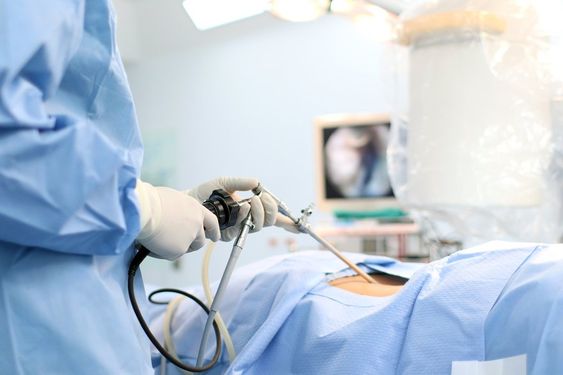Introduction
Laparoscopic surgery, also known as minimally invasive surgery (MIS) or keyhole surgery, is a surgical technique that has revolutionized the field of medicine. Unlike traditional open surgery, which involves a large incision, laparoscopic surgery is performed through several small incisions, typically less than an inch long.

During the procedure, a surgeon uses a laparoscope, a thin, telescope-like instrument with a high-definition camera attached, to view the internal organs on a monitor. Specialized surgical instruments are then inserted through the other small incisions to perform the surgery.
Laparoscopic surgery offers numerous benefits over traditional open surgery, including less pain, reduced scarring, shorter recovery times, and lower risk of complications. These advantages have made it a preferred surgical approach for a wide range of conditions.
Understanding Laparoscopic Surgery
Laparoscopic surgery is performed under general anesthesia, meaning the patient is asleep throughout the procedure.
Here's a step-by-step overview of the process:
- Anesthesia: General anesthesia is administered, ensuring the patient remains comfortable and unaware during the surgery.
- Incisions: Small incisions are made in the abdomen, typically ranging from 0.5 to 1.5 centimeters in length.
- Carbon Dioxide: Carbon dioxide gas is gently pumped into the abdomen, creating a working space for the surgeon and allowing for better visualization of the internal organs.
- Laparoscope Insertion: The laparoscope is inserted through one of the incisions, providing a magnified, high-resolution view of the surgical area on a monitor.
- Surgical Instruments: Specialized instruments, such as graspers, scissors, and staplers, are inserted through the other incisions to perform the surgery.
- Procedure Completion: Once the surgical procedure is complete, the instruments and laparoscope are removed. The carbon dioxide is released from the abdomen, and the incisions are closed with sutures, staples, or surgical glue.
Benefits of Laparoscopic Surgery
Laparoscopic surgery offers significant advantages over traditional open surgery, contributing to its growing popularity:
- Less Pain: Smaller incisions result in significantly less pain and discomfort after surgery.
- Reduced Scarring: The small incisions leave minimal scarring, often fading to nearly invisible marks over time.
- Faster Recovery: Patients generally experience faster recovery times and can return to normal activities sooner.
- Shorter Hospital Stays: Laparoscopic surgery typically allows for shorter hospital stays or even outpatient procedures.
- Reduced Risk of Complications: Minimally invasive techniques are associated with a lower risk of infection, bleeding, and other complications.





